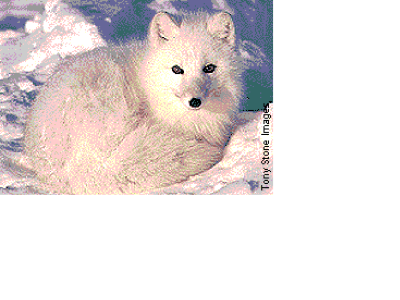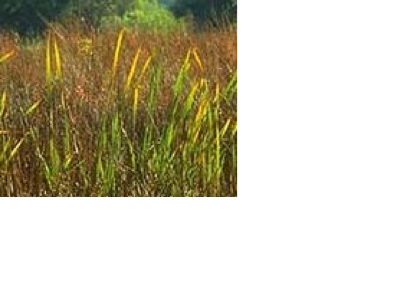Sign up for FlowVella
Sign up with FacebookAlready have an account? Sign in now
By registering you are agreeing to our
Terms of Service
Loading Flow

Adaptions
Animal Adaptions:
- Animals can derive a lot of benefit from spending time with other members of the same species. They can help each other find food, defend against predators and care for young. Many species engage in a group living, either in herds, colonies, harems, complex societies or loose associations. But perhaps the simplest and most common form of group living in the natural world is that of nuclear families, which may consist of a male/female couple with their young, a single male and various females and young, a group of females and their young, or whatever combination works best.
- The ability to blend into the surrounding environment can come in handy when trying to avoid a predator, especially for those animals with little else in their defense. Several animal species, including scorpionfish and leaf frogs, can change their appearance to match their surroundings. Others can make themselves appear to be something boring, like the walking stick, which looks very much like a twig. Zebras are another animal that uses camouflage to fool would-be predators; to a lion, a herd of zebras may look more like a mass of black-and-white strips than a delicious prey species.
Plant Adaption:
Adaptation- are special features that allow a plant or animal to live in a particular place or habitat.
The physical and behavioral adaptations of desert plants are as numerous and innovative as those of desert animals. Xerophytes, plants that have altered their physical structure to survive extreme heat and lack of water, are the largest group of such plants living in the deserts of the American Southwest. Cacti are among the most drought-resistant plants on the planet due to their absence of leaves, shallow root systems, ability to store water in their stems, spines for shade and waxy skin to seal in moisture. Cacti originated in the West Indies and migrated to many parts of the New World, populating the deserts of the Southwest with hundreds of varieties.
Phreatophytes are plants that have adapted to arid environments by growing extremely long roots, allowing them to acquire moisture at or near the water table. The term, phreatophyte, literally means water-loving plant. Phreatophytes, like the Mesquite Tree, have adapted to desert conditions by developing extremely long root systems to draw water from deep underground water tables. The mesquite's roots are considered the longest of any desert plant and have been recorded as long as 80 feet.

